Immerse yourself in the fascinating world of moose calling with our extensive guide. Whether you’re an aspiring hunter, a nature enthusiast, or just passionate about learning new animal-related skills, understanding the nuances behind the hypnotic call of this majestic creature will surely pique your interest. There’s scientific art behind these sounds, it’s about timing, the right technique, and a dash of intuition. But remember, always respectful and mindful of these magnificent beasts, because a wrong call may not end well.
The Intricacies of Bull Grunts
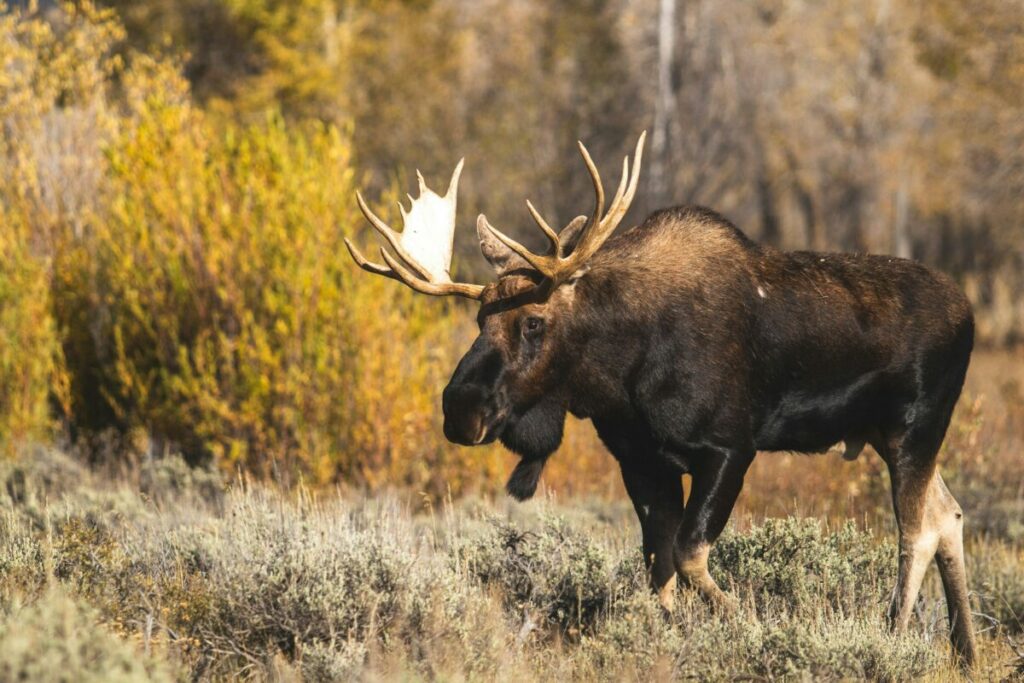
Each animal has unique sounds they deploy to communicate. For moose, especially males, bull grunts serve as a battle cry, signaling a competition for attention from their female counterparts or cow moose. Bull grunts vary in intensity, from a gentle hiccup to an explosive cough. But the most distinguishable feature of these sounds is their pacing – usually with short, deep grunts every three seconds. They give off a somewhat “ugh” vibe, easily distinguishable after a few encounters.
Pro Tip:
– Start soft and experiment with intensity. Make your “ugh” sound every three seconds.
Cracking the Code of Cow Calls
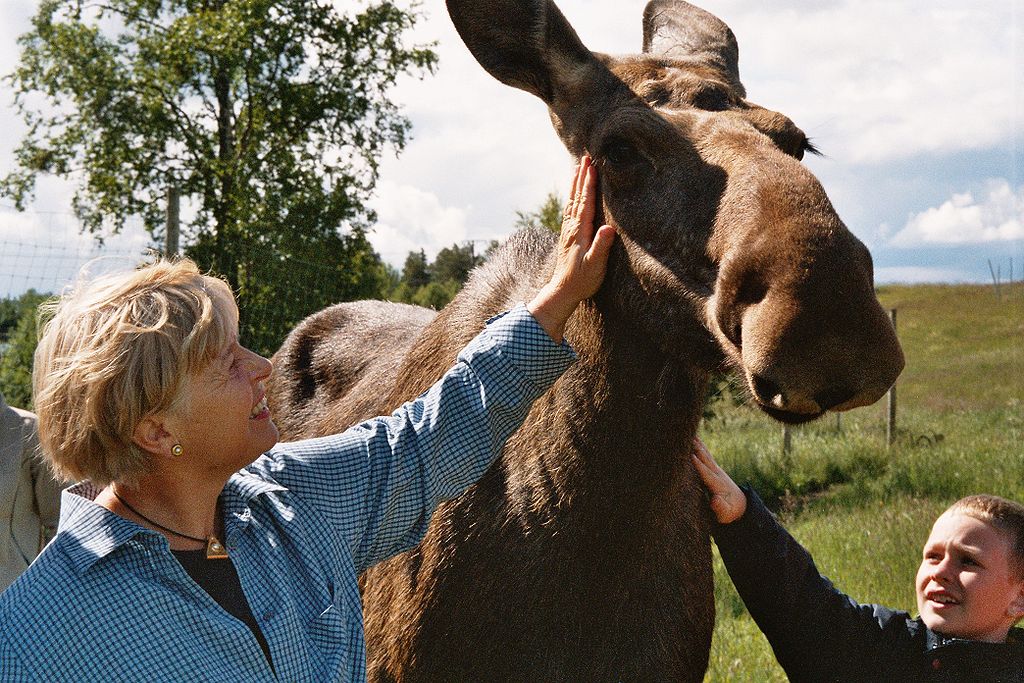
Now onto the ladies of the moose world- mastering their calls is crucial to get your Moose Calling Techniques just right. The sounds they make can range from two seconds to even a minute long, with a signature high-pitched “err”. A practical tip: pinch your nose as you imitate this call. A bit of nasaliness makes the sound more authentic.
Pro Tip:
– Initiate the call on a lower tone, increase the pitch mid-call, and then gradually return to a lower tone.
Mastering Brush Thrashing
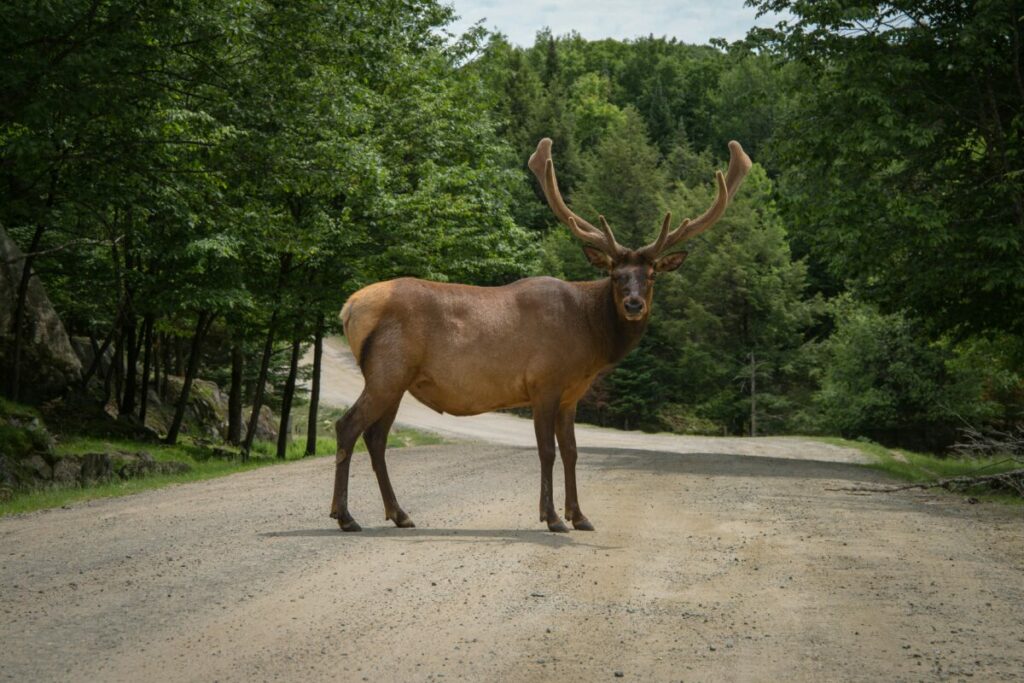
Moose calls aren’t just about sounds, you must understand the role of visual cues as well! Brush thrashing would be a prime example of this. A dead spruce tree is your perfect aide for it. Its easily-breakable branches help create a convincing cracking sound. If no such tree is available, dry wood and an ax can fill in nicely.
The Art of Flashing
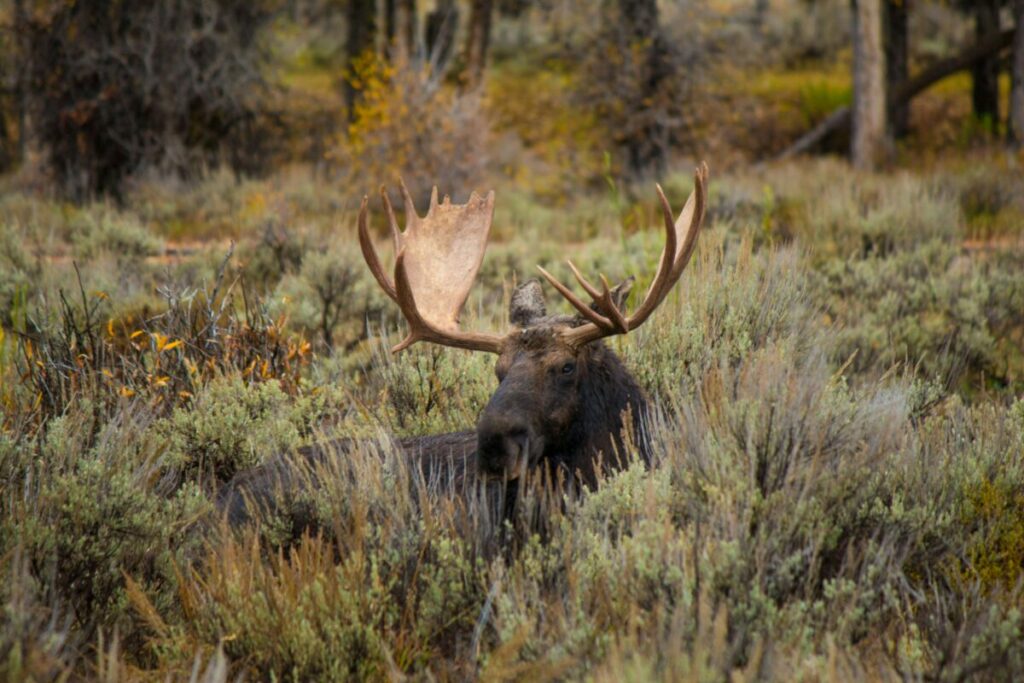
Visual cues can sometimes be more enticing than sounds. Male moose or bulls, exhibit an aggressive behavior known as flashing, by showcasing their stark white antlers. You can mimic this action using white clothing or a garbage bag. However, ensure you pair it with bright-colored clothing to avoid being mistaken for an angry bull by another hunter!
Choosing the Perfect Spot
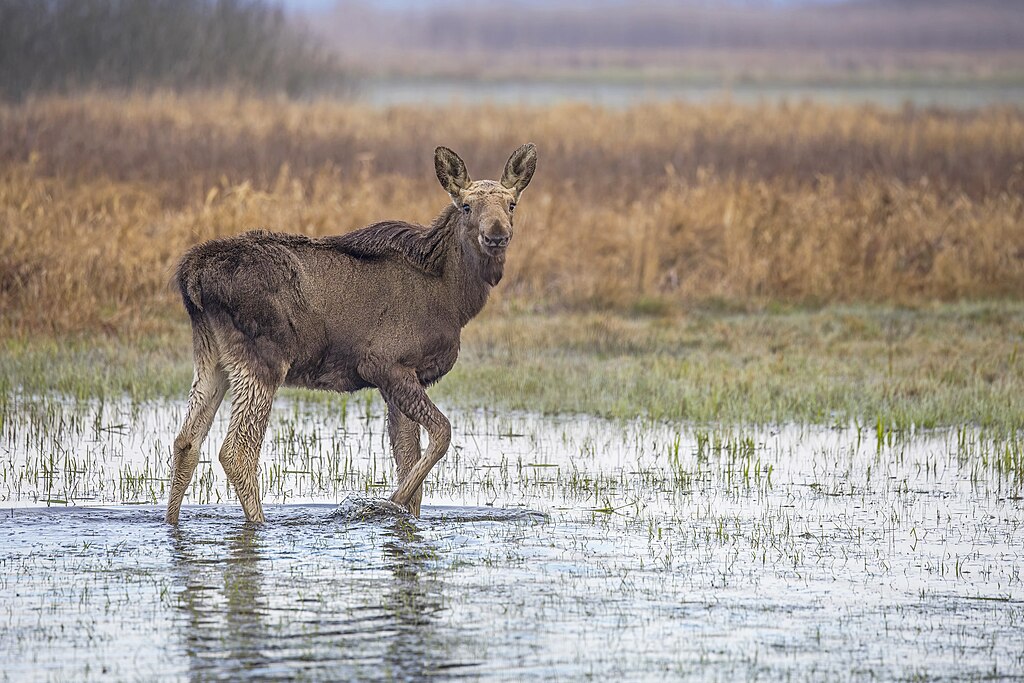
A quintessential part of these moose calling techniques involves picking an ideal spot. Areas with a good mix of willow, birch, and swamp, or locations close to beaver dams, and natural drainages, are inviting for moose. A spot featuring rub poles, game trails, or scent pits is a big plus. Remember, moose are aquatic feeders, so don’t forget to check for fresh tracks and droppings near water bodies, indicating a hot spot!
Additional Tips:
– Regularly scan the area with a partner, taking turns to avoid missing any activity.
– Patience is key, responses can take several hours or sometimes a day.
– Moose, being predominantly nocturnal, may not respond immediately in the mornings. Anticipate a response around their mid-day meal or later into the evening.
Armed with this knowledge of moose calling techniques, you’re now ready to venture into the wild, calling to the cadence of the wilderness. However, be kind and respectful to these gentle giants and remember, understanding their calls is not just about hunting, it’s about appreciating the incredible diversity and complexity of Mother Nature herself.
Related Resources: